An easy-to-use RGB LED matrix driven by shift registers
Designed by Kamprath Hacks in United States of America
This product is no longer available for sale.
The seller may be offering an improved version or it may be hanging out on the beach, enjoying the retired life.

$98.90
Free Shipping!
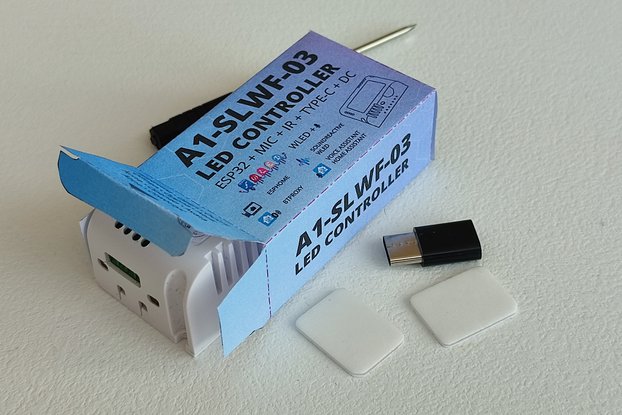
$15.99
Free Shipping!
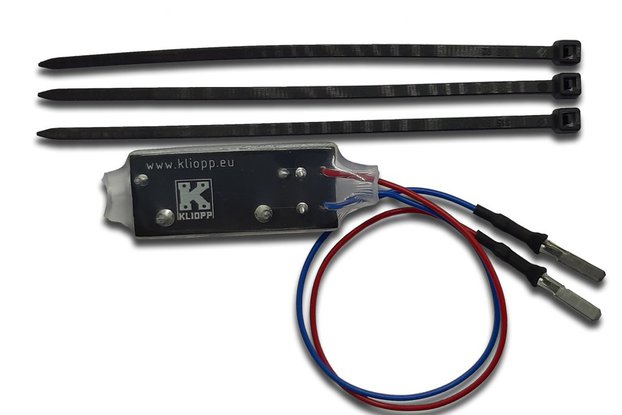
$23.00
Free Shipping!

$75.00
Free Shipping!
What is it? This is a pre-built 16x8 RGB LED matrix that you can drive with most any microcontroller. The design is based on shift registers, notably the 74HC595 and the DM13A. The matrix is easy to …
Read More…This is a pre-built 16x8 RGB LED matrix that you can drive with most any microcontroller. The design is based on shift registers, notably the 74HC595 and the DM13A. The matrix is easy to drive with 4 wires from a SPI bus (5V, GND, MOSI, SCK) and another digital pin to drive the latch. The RGB image is created using PWM and a /8 scan rate, but if you use the open source driver those details are managed for you and all you need to do is draw your image using an easy API.
I enjoy LED matrices. I wanted to make an easy to use matrix that was larger than the 8x8 matrices found on the market, but not too large. So I designed this matrix. By using shift registers in the design, the underlying matrix row scan and PWM mechanisms are easy to understand, making this matrix very accessible to hobbyists at any level.
Care was taken in the design to both keep the matrix simple to use but also produce a high quality image. For example, special resistors are used to improve the LED matrix image by draining the parasitic capacitance that RGB LEDs tend to develop, thus eliminating the ghosting that you might see in other RGB LED matrix designs. Similarly, high speed MOSFET are used to drive the matrix's row scanning and PWM to enable the ability to create a large gamut of colors.
This RGB LED matrix comes fully assembled. However, you will need a microcontroller to drive it. If you use the recommended open source driver software, which uses a sophisticated double buffer to create a stable image, low-end boards like the Arduino UNO will not work due to lacking sufficient RAM. Microcontrollers like ESP8266, ATMEGA1284, ESP32, or the Teensie 3.2 or greater are recommend. However, if you wish to write your own driver that does not use a double buffer, you could drive this matrix with the Arduino Uno.
Mountain View, CA, United States of America
Ships from United States of America.
19 Reviews | 561 Orders
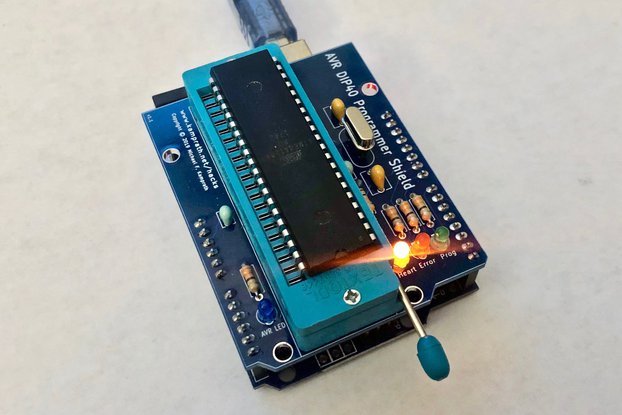
$17.50
Free Shipping!
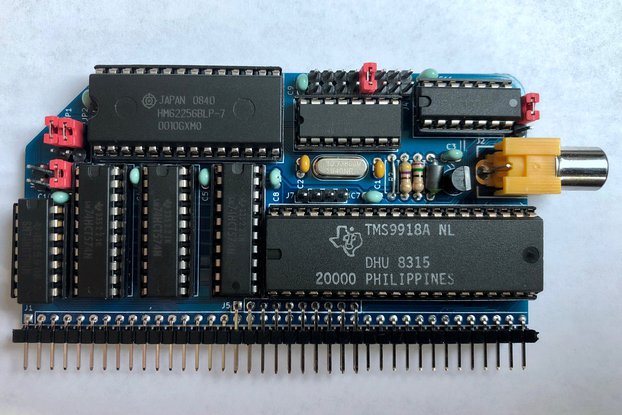
$5.00
Free Shipping!
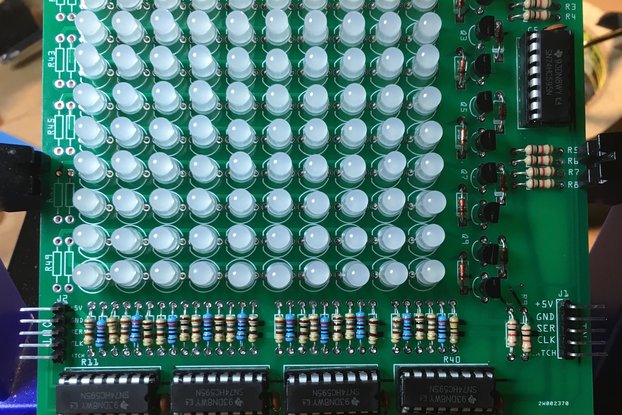
$17.50
Free Shipping!
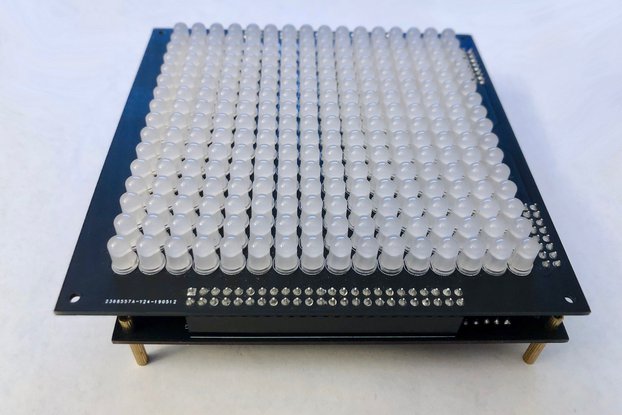
$45.00
Free Shipping!
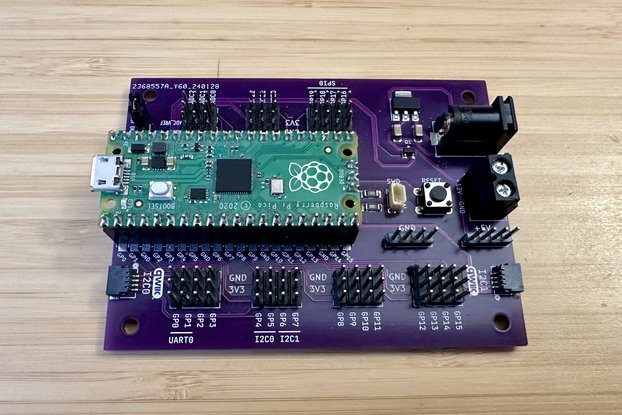
$15.00
Free Shipping!
By clicking Register, you confirm that you accept our Terms & Conditions
We recognize our top users by making them a Tindarian. Tindarians have access to secret & unreleased features.
We look for the most active & best members of the Tindie community, and invite them to join. There isn't a selection process or form to fill out. The only way to become a Tindarian is by being a nice & active member of the Tindie community!
